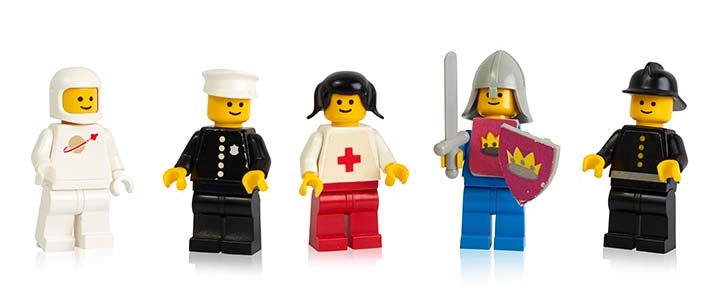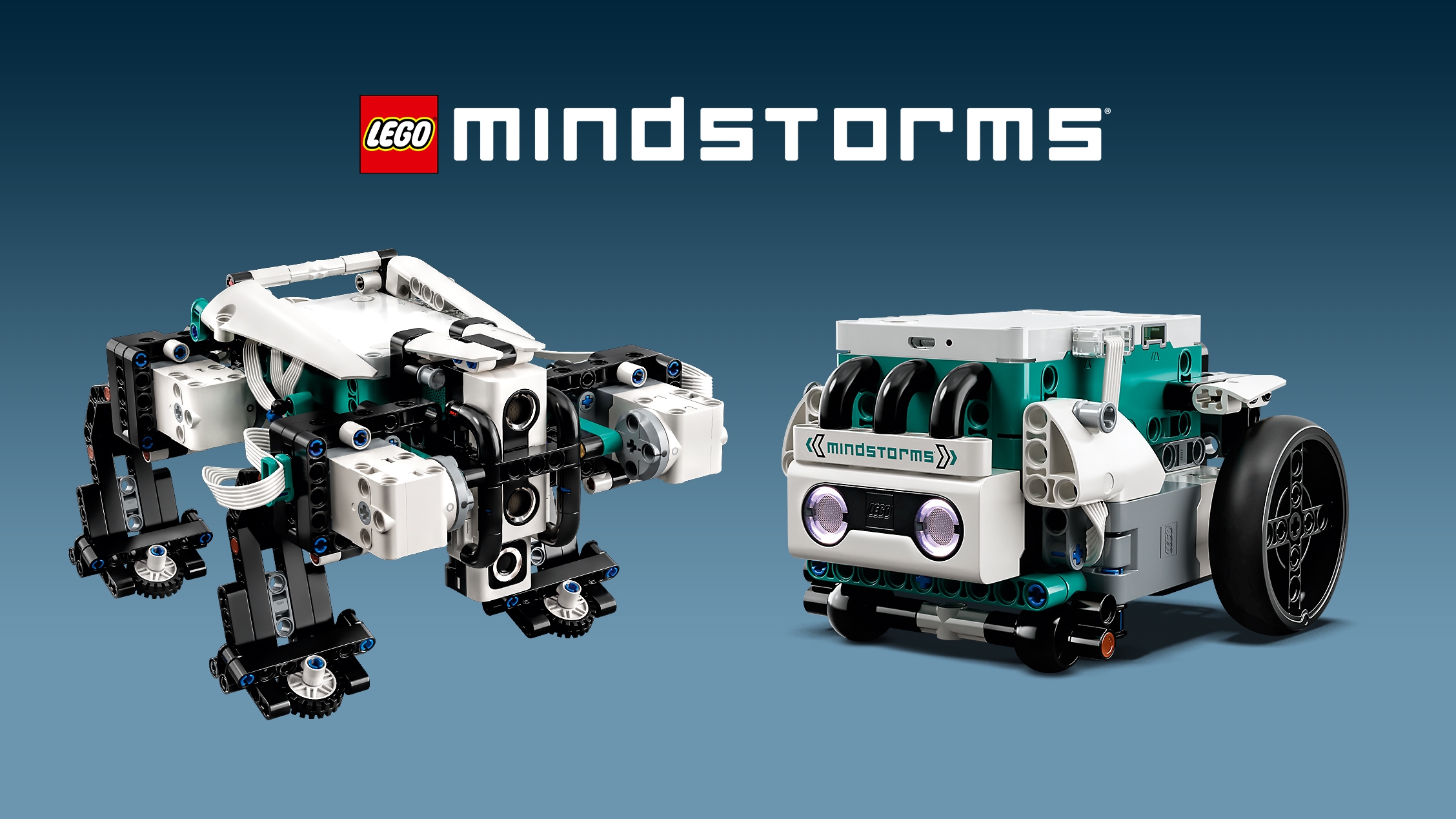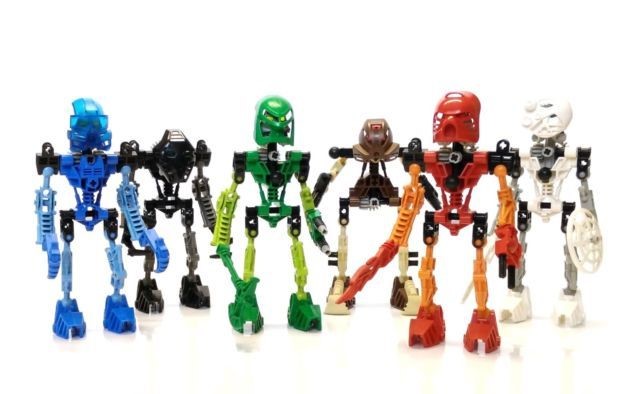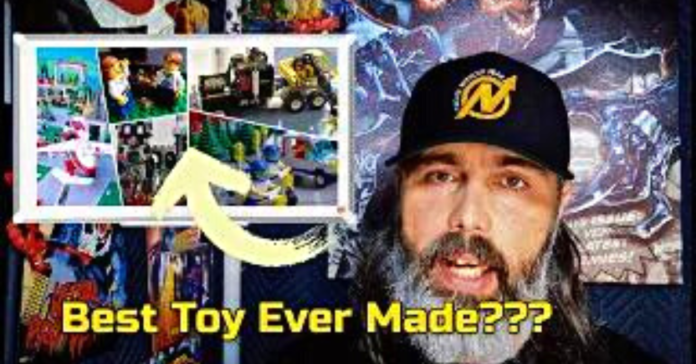Share this
Lego, one of the most beloved toy brands in the world, has a rich history dating back to 1932. Founded by Ole Kirk Christiansen in Billund, Denmark, the company initially produced furniture but shifted to wooden toys and miniatures due to supply shortages during World War II. The name “Lego” is derived from the Danish phrase “leg godt,” meaning “play well.”
After the war, Lego began experimenting with plastic technologies and produced their first building brick set in 1949. The iconic interlocking plastic brick with tube technology was introduced in 1958, allowing for stable and versatile constructions.
Lego’s popularity grew rapidly in the 60s and 70s, leading to the opening of their first theme park, Legoland, and the introduction of the Lego system of play and the minifigure. However, Lego faced challenges in the 90s with the expiration of their building block patent and competition from video games, leading to financial difficulties and a major restructuring in 2004. Despite these challenges, Lego remains a beloved brand celebrated for its dedication to creativity, innovation, and play.

Key Takeaways
- Lego was founded in 1932 by Ole Kirk Christiansen in Billund, Denmark, initially producing furniture before shifting to wooden toys and miniatures.
- Lego’s iconic interlocking plastic brick with tube technology was introduced in 1958, allowing for stable and versatile constructions, and the company faced challenges in the 90s with the expiration of their building block patent and competition from video games, leading to financial difficulties and a major restructuring in 2004.
- Despite these challenges, Lego remains a beloved brand celebrated for its dedication to creativity, innovation, and play, and has embraced digital technology with video games, online communities, mobile apps, and feature films.
The Founding of Lego
Lego was founded in 1932 by Ole Kirk Christiansen in Billund, Denmark. Originally, the company produced furniture, but when faced with a supply shortage, they turned to making wooden toys and miniatures. Christiansen eventually became a toy maker and renamed his company Lego, which comes from the Danish phrase “leg godt” meaning “play well.”
During World War II and a factory fire, Lego turned to the development of plastic technologies. They began experimenting with new ideas, including building bricks, and in 1949, they produced their first set. In 1958, the iconic interlocking plastic brick tube technology was introduced, which allowed for stable and versatile constructions, enabling endless creative possibilities.
Lego grew rapidly and globally in the 1960s, leading to the grand opening of their first theme park, Legoland. In the 1970s, they expanded the Lego System of Play, which encouraged compatibility between different Lego themes like Lego Town, Lego Castle, and Lego Space. In 1978, one of the greatest innovations in Lego history was introduced – the Lego minifigure.
Check Out Original Nerd Initiative Programming HERE
Hardship and Innovation
Despite its immense popularity, Lego faced financial difficulties from over-expansion and competition from video games and copycats like Mega Bloks. However, the company found success with the Bionicle series, which helped keep Lego healthy during this difficult time.
In 2004, the company underwent major reconstruction and refocused on its core values of creativity and imagination. They sold theme parks, simplified manufacturing, and returned to their roots with Lego City. Lego also embraced digital technology with their own video games, online communities, mobile apps, and even feature films.

Introduction of the Lego Minifigure
The Lego minifigure was introduced in 1978 and is considered one of the greatest innovations in Lego history. The minifigure is a small plastic figure that is designed to be compatible with the Lego building system. It has a standard size and shape, with movable arms and legs, and a head that can be rotated to change its expression.
The minifigure was created to add a new level of playability to Lego sets. Prior to its introduction, Lego sets were primarily focused on creating buildings and structures, with little emphasis on the characters that would inhabit them. The minifigure changed that by providing a way for children to create their own stories and adventures.
The first minifigures were simple, with basic designs and limited articulation. However, over the years, the minifigure has evolved to become more detailed and realistic. Today, there are thousands of different minifigure designs, representing everything from superheroes to historical figures.
The popularity of the minifigure has helped to make Lego one of the leading toy manufacturers in the world. It has also inspired a whole new generation of builders and enthusiasts, who continue to find new and creative ways to use the Lego building system.
Like Comic Books? Click HERE
Facing Competition and Challenges in the 90s
In the 90s, Lego faced stiff competition from copycats like Mega Bloks, as well as the rising popularity of video games. To stay relevant, Lego began experimenting with new toys that did not fit in the Lego system, such as Jack Stone and Galidor. However, these decisions did not pay off and the company faced financial difficulties from over-expansion.
Despite these challenges, Lego found a bright spot with the release of Bionicle in 2001. The storytelling and world-building of Bionicle helped keep Lego healthy during this difficult time. However, it was not enough to stop the bleeding of profits, and in 2004, the company underwent major reconstruction and refocused on its core values of creativity and imagination.
Lego sold off theme parks, simplified manufacturing, and returned to its roots with Lego City. The company also embraced digital technology with its own video games, online communities, mobile apps, and even feature films. Today, Lego remains a beloved brand known for its commitment to quality, innovation, and engaging experiences. The company’s dedication to creativity and imagination has allowed it to maintain its status as one of the leading toy manufacturers in the world, captivating generations of builders and enthusiasts around the globe.

Technic and Mindstorms Development
Lego’s commitment to innovation and creativity has led to the development of several product lines that have captured the imagination of builders and enthusiasts around the world. Two of the most notable of these product lines are Technic and Mindstorms.
Technic
Lego Technic sets are designed for more advanced builders who want to explore the mechanics of complex machines and vehicles. These sets include specialized pieces like gears, axles, and motors that allow builders to create working models with realistic functions like steering, suspension, and even remote control.
Some notable Technic sets include the Porsche 911 GT3 RS, which features a working gearbox and a detailed interior, and the Bugatti Chiron, which includes a functioning eight-speed gearbox and a sleek, aerodynamic design.
Want To Learn Some Fun Facts About Yoshi? Click HERE
Mindstorms
Lego Mindstorms is a line of programmable robots that allow builders to explore the exciting world of robotics and automation. These sets include specialized pieces like sensors, motors, and a programmable brick that can be programmed using a drag-and-drop interface.
With Mindstorms, builders can create robots that can navigate mazes, respond to light and sound, and even play games like soccer. The possibilities are endless, and the only limit is the builder’s imagination.
Some notable Mindstorms sets include the EV3, which allows builders to create robots that can be controlled using a smartphone or tablet, and the Spike Prime, which is designed for use in classrooms and includes a curriculum that teaches coding and robotics concepts.
Overall, Technic and Mindstorms are two of Lego’s most exciting and innovative product lines, and they continue to captivate builders and enthusiasts of all ages.

Collaboration with Licensed Properties
Lego has been collaborating with licensed properties for many years, in particular, Star Wars. This has allowed them to expand their product line and reach new audiences. Lego has also collaborated with other popular franchises such as Marvel, DC Comics, and Harry Potter.
Through these collaborations, Lego has been able to create sets and minifigures based on popular characters, vehicles, and locations from these franchises. This has allowed fans to recreate their favorite scenes from movies and comics and has added a new level of excitement to Lego building.
Lego has also collaborated with video game franchises such as Minecraft and Ninjago, creating sets based on these popular games. This has allowed Lego to tap into the growing popularity of video games and bring them into the physical world.
Overall, Lego’s collaboration with licensed properties has been a successful strategy, allowing them to expand their product line and reach new audiences while still maintaining their commitment to creativity, imagination, and play.
Revival Through Bionicle
During a time of financial difficulty for Lego, the company found a bright spot with the release of Bionicle in 2001. This line of sets, each sold separately, featured storytelling and world building that helped keep Lego healthy during this difficult time. The Bionicle line was a hit with fans and enthusiasts alike, and it helped to sell other Lego products such as Lego Friends.
Despite the success of Bionicle, Lego faced challenges due to over-expansion and competition from video games. In 2004, the company underwent major reconstruction and refocused on its core values of creativity and imagination. They sold theme parks, simplified manufacturing, and returned to classic lines like Lego City.
Lego also embraced digital technology with their own video games, online communities, mobile apps, and even feature films.

Like Fun Facts? Check Out Mickey’s “Did You Know?” Series HERE
Embracing Digital Technology
Lego has been able to maintain its position as one of the leading toy manufacturers in the world by embracing digital technology. They have developed their own video games, online communities, mobile apps, and even feature films. This has allowed them to engage with their customers in new and exciting ways, while also expanding their reach beyond physical toys.
One of the ways Lego has embraced digital technology is through their video games. They have developed a number of popular games based on their various themes, including Lego Star Wars, Lego Harry Potter, and Lego Batman. These games allow players to immerse themselves in the Lego world and experience it in a whole new way.
In addition to video games, Lego has also created online communities where fans can connect with each other and share their creations. These communities allow Lego enthusiasts from all over the world to come together and share their love of the brand.
Lego has also developed a number of mobile apps that allow users to interact with the brand in new and exciting ways. One app, called Lego Life, allows users to share photos of their Lego creations and connect with other Lego fans. Another app, called Lego Boost, allows users to build and program their own robots using Lego bricks.
Finally, Lego has even ventured into the world of feature films, with movies like The Lego Movie and The Lego Batman Movie. These films have been hugely popular with both children and adults, and have helped to cement Lego’s position as one of the most beloved toy brands in the world.
Overall, Lego’s embrace of digital technology has allowed them to stay relevant and engage with their customers in new and exciting ways. By continuing to innovate and explore new technologies, Lego is sure to remain a favorite among fans of all ages for years to come.
Conclusion
Lego has come a long way since its inception in 1932 as a carpentry shop in Denmark. Despite facing numerous challenges such as World War II, factory fires, and patent expirations, the company has managed to maintain its position as one of the leading toy manufacturers in the world.
Over the years, Lego has introduced numerous innovations such as the interlocking plastic brick tube technology, the Lego system of play, and the iconic Lego minifigure. The company has also embraced digital technology with its own video games, online communities, mobile apps, and feature films.
Despite facing financial difficulties in the past due to over expansion and competition from video games, Lego has managed to refocus on its core values of creativity and imagination. The company has simplified its manufacturing process, sold theme parks, and returned to its roots with the Lego City and Lego Friends themes.
Today, Lego remains a beloved brand, celebrated for its commitment to quality, innovation, and engaging experiences. From builders to enthusiasts around the globe, Lego continues to captivate generations with its dedication to play and imagination.


